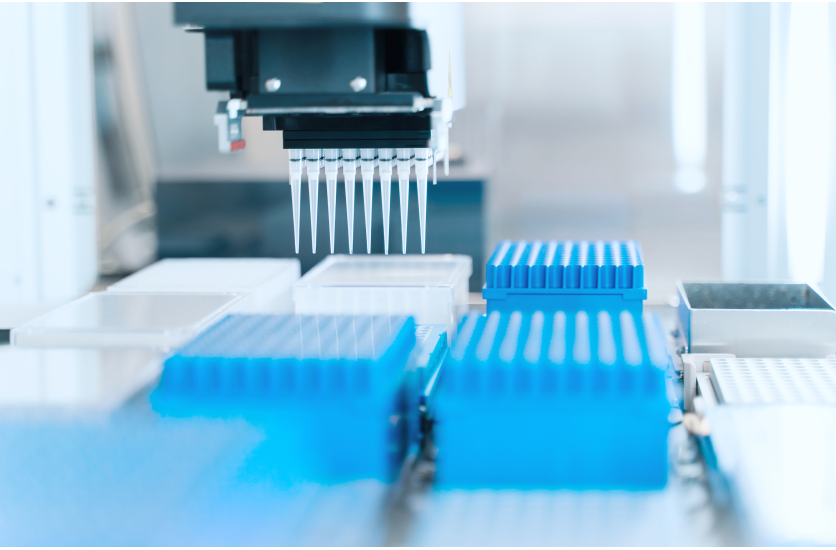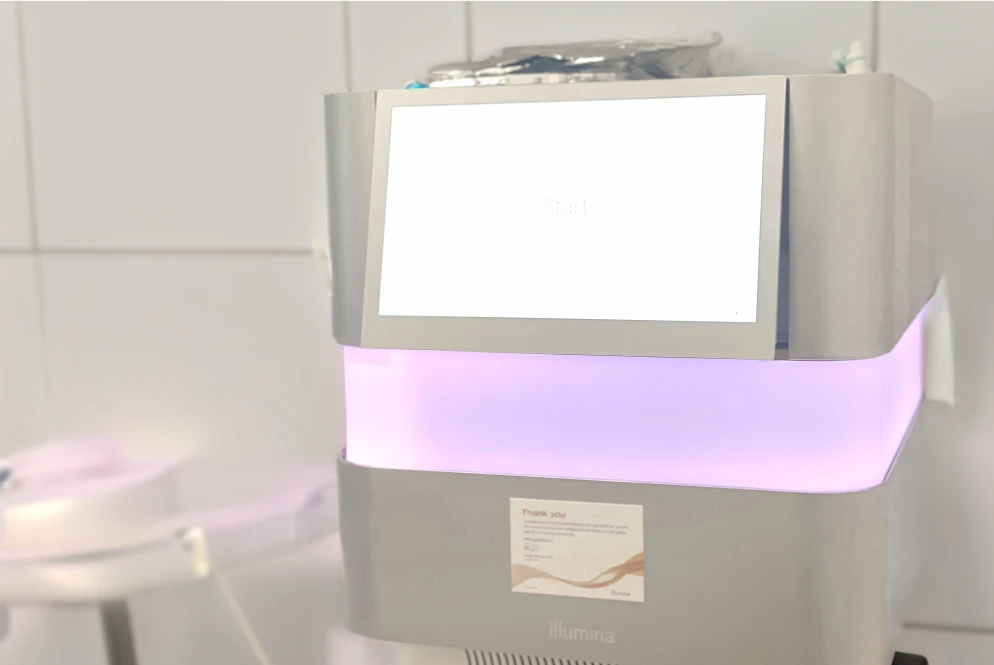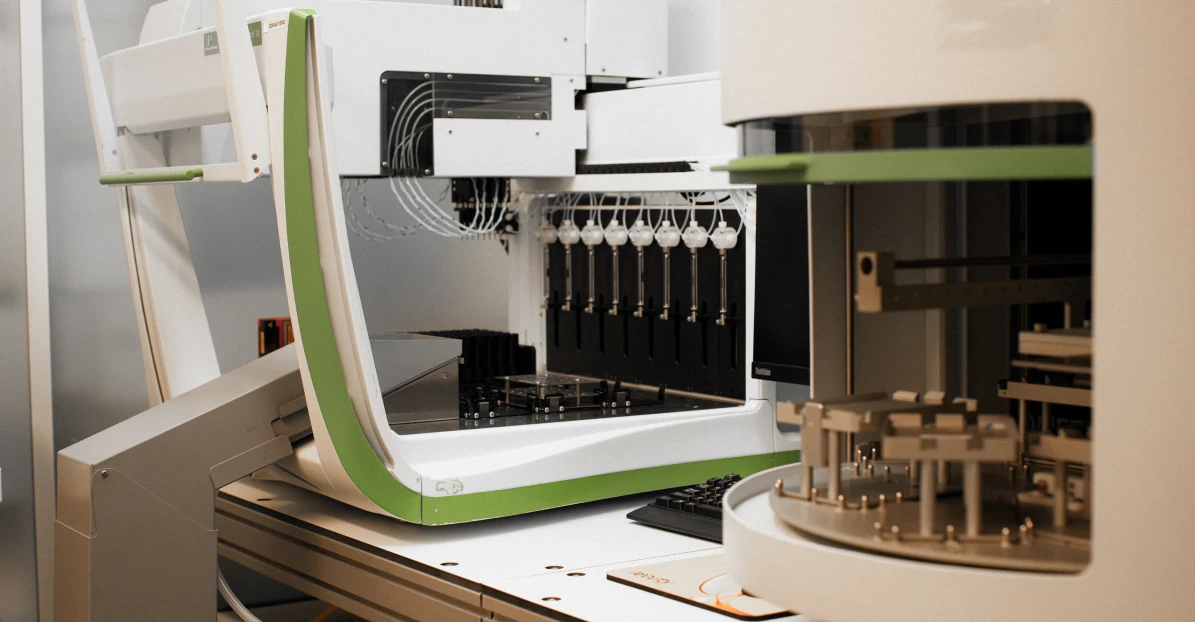Our technology
Innovation at the crossroads of science and technology

At the core of Ziwig’s technology is salivary RNA signatures, a scientific breakthrough based on the analysis of non-coding RNA present in saliva. This discovery stems from an in-depth exploration of salivary biomarkers, leveraging their potential to detect early indicators of diseases like endometriosis. Using next-generation sequencing (NGS) techniques, we are decoding these subtle signals, paving the way for faster, more accurate and less invasive diagnostics.
Extraction and analysis of salivary RNA : a technological revolution
The technology developed by Ziwig is based on an innovative approach to extracting and analysing salivary RNA, enabling particularly accurate detection of its expression. This process is based on a robotic platform that is unique in the world, developed in our research and development laboratory at the Brain Institute, located at the Pitié-Salpêtrière Hospital in Paris (France). Thanks to this configuration, saliva samples are processed quickly and in a standardised way, guaranteeing reliable and reproducible results.
The RNAs are analysed using next-generation sequencing (NGS) technology. This high-throughput sequencing makes it possible to capture specific RNA signatures with unprecedented precision, turning them into biomarkers of numerous pathologies and conditions. This breakthrough enables more reliable and earlier diagnoses, based on the identification of biological mechanisms.

Artificial intelligence : an amplifier of diagnostic precision
Ziwig’s technology not only pushes back the boundaries of transcriptomic sequencing, it also incorporates artificial intelligence to analyse and interpret the complex data derived from NGS. Our algorithm, trained on extensive clinical databases, can distinguish RNA signaturesassociated with endometriosis with remarkable accuracy.
This symbiosis between AI and genomics amplifies our ability to diagnose the disease well before the onset of clinically recognisable symptoms, on the basis of molecular functioning, thus radically changing the traditional approach to diagnosing endometriosis.

Stay connected
Sign up to be notified of the latest news and publications.


